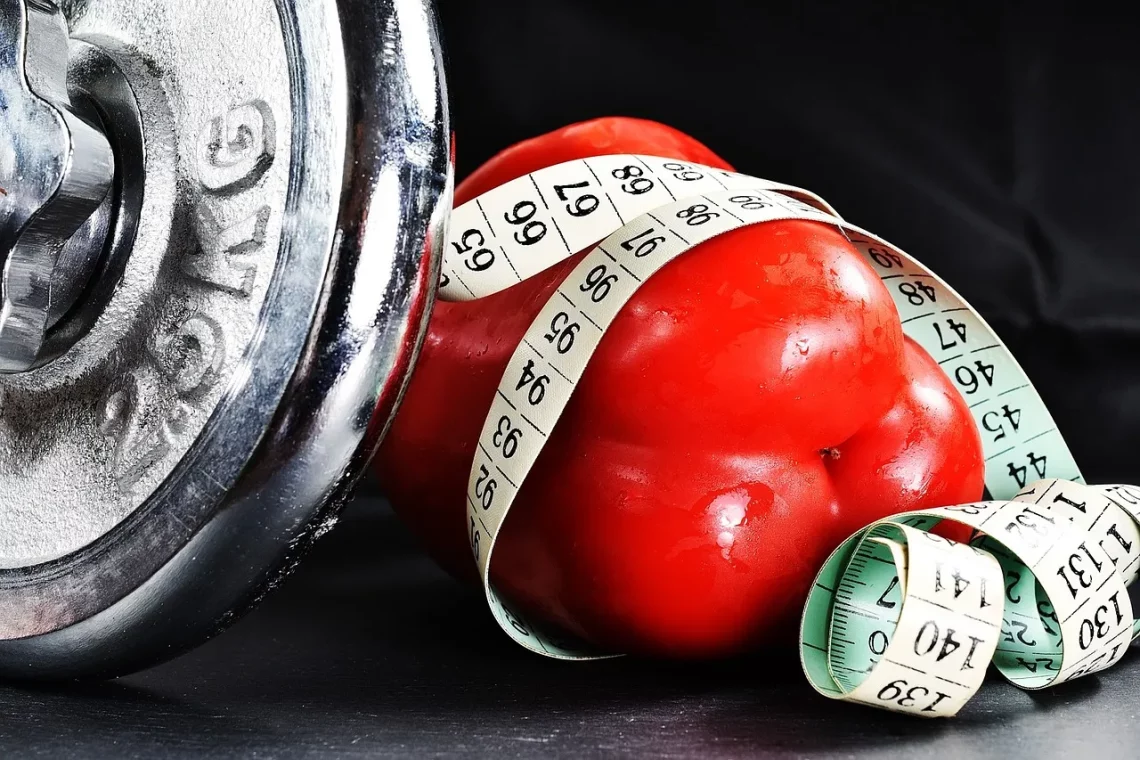
How Many Pounds Is 72 Ounces? A Simple Conversion Guide
When it comes to measurements and conversions, many people can feel overwhelmed. Whether you’re cooking, baking, or even working on a DIY project, understanding how to convert between different units can be crucial. One common conversion that often arises is between ounces and pounds, especially in the culinary world where recipes frequently use these units.
Ounces and pounds are both units of weight in the customary system used primarily in the United States. While ounces are typically used for smaller quantities, pounds cover heavier weights. Knowing how to convert between these measurements can save you time and frustration, particularly when you come across a recipe or a project that requires a specific weight but lists it in a different unit than you’re accustomed to.
This guide aims to clarify the relationship between ounces and pounds, providing a straightforward approach to conversions. By understanding the basic principles of these measurements, anyone can navigate through their cooking or crafting endeavors with confidence and ease.
Understanding Ounces and Pounds
To begin with, it’s essential to comprehend what ounces and pounds represent. An ounce (oz) is a smaller unit of weight, and there are 16 ounces in a pound (lb). This means that when you’re dealing with ounces, you are typically working with smaller quantities.
In various contexts, ounces are used to measure not just weight but also volume, particularly in the culinary world. For instance, liquid ingredients such as water, milk, and oil are often measured in fluid ounces, while solid ingredients like sugar or flour are measured in dry ounces.
Conversely, pounds are more commonly used for heavier items. For example, when purchasing meats or bulk ingredients, you will usually see the price or weight listed in pounds. Understanding this distinction is key to knowing when to use ounces versus pounds.
In a practical sense, if you have 72 ounces and want to convert it to pounds, you can use the relationship that 1 pound equals 16 ounces. By dividing the total ounces by 16, you can easily find out how many pounds you have.
This foundational knowledge is not only useful in cooking and baking but also plays a role in other fields such as nutrition, shipping, and even science. Students and professionals alike often need to switch between these units, making it imperative to grasp the concept of conversions effectively.
How to Convert Ounces to Pounds
The conversion from ounces to pounds is quite straightforward thanks to the simple mathematical relationship between the two units. As mentioned earlier, the formula is easy to remember:
1 pound = 16 ounces.
To convert ounces to pounds, you simply divide the number of ounces by 16. For example, if you have 72 ounces and want to know how many pounds that is, the calculation would be:
72 ounces ÷ 16 ounces per pound = 4.5 pounds.
This means that 72 ounces is equivalent to 4.5 pounds.
When performing such conversions, it’s important to ensure your calculations are accurate, especially in scenarios where precision is key, such as in baking or when measuring out ingredients for a recipe. A small error in measurement can lead to a significant difference in the final outcome of your dish.
Moreover, understanding this conversion can also help you in meal planning. If you’re tracking your nutritional intake or portion sizes, knowing how to convert these units can aid you in making informed decisions about what and how much to eat.
If you’re dealing with larger quantities, such as in bulk purchasing or food service, being able to quickly convert ounces to pounds can save time and reduce confusion when dealing with suppliers or when preparing large batches of food.
Practical Applications of Ounce to Pound Conversion
Knowing how to convert ounces to pounds has practical applications in various areas of life. One of the most common scenarios is in the kitchen, where recipes often call for specific weights of ingredients. For instance, if you’re preparing a large batch of cookies and the recipe requires 72 ounces of flour, understanding that this translates to 4.5 pounds can help you measure accurately.
In addition to cooking and baking, this knowledge extends to nutrition. Many nutritional guidelines and dietary recommendations provide information in ounces and pounds. If you’re monitoring your protein intake, for example, knowing how to convert these measurements can help you maintain balance in your diet.
Another area where ounce to pound conversion is crucial is in shipping and logistics. When sending packages, the weight of the item determines the shipping cost. Being able to convert the weight of your package from ounces to pounds can ensure you’re calculating the correct shipping fees.
In the health and fitness industry, many individuals track their weight in pounds but may also monitor their food intake in ounces. Being able to switch between these units can enhance your understanding of your dietary habits and help you achieve your fitness goals.
Overall, mastering the conversion from ounces to pounds is a valuable skill that can enhance your efficiency in food preparation, improve your understanding of dietary guidelines, and facilitate better decision-making in various aspects of life.
Common Mistakes in Ounce to Pound Conversion
Despite the simplicity of the conversion process, people often make common mistakes when converting ounces to pounds. One such mistake is forgetting the basic conversion factor. It’s easy to lose track of the number of ounces in a pound, especially when working with larger numbers.
Another common error is miscalculating the division. For instance, when converting 72 ounces, some might mistakenly think they need to multiply by 16 instead of dividing. This can lead to incorrect results and potential issues in cooking or other applications.
Additionally, not accounting for the specific context of ounces can lead to confusion. For example, liquid ounces differ from dry ounces, and mixing these up can result in significant discrepancies in measurements.
To avoid these pitfalls, it is advisable to double-check calculations and ensure you are using the appropriate type of ounce for your needs. If you’re unsure, there are numerous online calculators available that can assist with conversions, making the process even simpler.
Lastly, it’s worth mentioning that practice makes perfect. The more comfortable you become with converting between ounces and pounds, the less likely you are to make mistakes. Consider keeping a conversion chart handy in your kitchen or workspace as a quick reference guide until you feel confident in your abilities.
In conclusion, understanding how to convert ounces to pounds is a practical skill that can benefit various aspects of your life, especially in cooking, nutrition, and logistics.
**Note:** This article is not medical advice. For health-related concerns, always consult a qualified healthcare professional.




